For nearly three decades, Kevin Keyes and his brother-in-law Bob Chambers have been running Dry Brook Sugar House in Salem, New York. Nestled in the maple forests along the New York-Vermont border, their business thrives during the maple season, which typically runs from February to April. This year, they produced 4,000 gallons of maple syrup, their best season yet. However, despite their success, they are not immune to the ripple effects of President Donald Trump’s trade policies.
Tariffs and Their Impact on Maple Syrup Production
Trump’s tariffs, aimed at protecting domestic industries, have had unintended consequences for American maple syrup producers. In March, the administration imposed a 25% tariff on all goods from Canada, including essential equipment for maple syrup production. This move has significantly increased production costs for maple farmers, who rely heavily on Canadian-made machinery and tools.
“Most of that equipment is being produced within Quebec and coming across. So, any added tariff would then potentially increase the cost of that equipment for a producer,” explained Adam Wild, Director of Cornell University’s Uihlein Maple Research Forest. Since maple syrup producers operate on thin margins, these increased costs are likely to be passed on to consumers, leading to higher prices for maple syrup.
The Challenge of Shifting Production
Maple syrup production is a labor-intensive process that often requires specialized equipment, much of which is imported from Canada. Keyes and Chambers, like many other producers, have found it challenging to source alternatives. “If something is going up 25% or 5% whatever and you sell it at the same price you’ve been selling it at for the last five years that is going to dent our pockets,” said Keyes.
David Campbell, co-owner of Mapleland Farms in Salem, echoed these concerns. He highlighted the difficulty of expanding production or entering the industry for the first time due to the increased costs of equipment and expansion. Local equipment companies have been stockpiling supplies from Canada to mitigate the immediate impact of tariffs, but this is only a short-term solution.
The Broader Economic Implications
The maple syrup industry is just one example of how tariffs can have far-reaching effects. The US is the primary importer of Canadian maple syrup, purchasing about 60% of their product annually. With tariffs in place, the cost of maple syrup is likely to rise, affecting both American producers and consumers. The Quebec Maple Syrup Producers, often referred to as the OPEC of maple syrup, control prices and supply through strategic reserves, further complicating the market dynamics.
The Uncertain Future
As trade policies continue to evolve, maple syrup producers are left with little choice but to adapt. Keyes and Campbell are prepared to raise prices if tariffs remain in place. The industry, which has long been a family-run affair, is now facing unprecedented challenges. The future of maple syrup production in the US will depend on the ability of producers to navigate these complex trade dynamics and find sustainable solutions.
In conclusion, the maple syrup industry, like many others, is grappling with the consequences of the ongoing trade war. While the intention behind tariffs is to protect domestic industries, the reality is often more complicated. For maple syrup producers, the road ahead is uncertain, but their resilience and adaptability will be key to their survival.
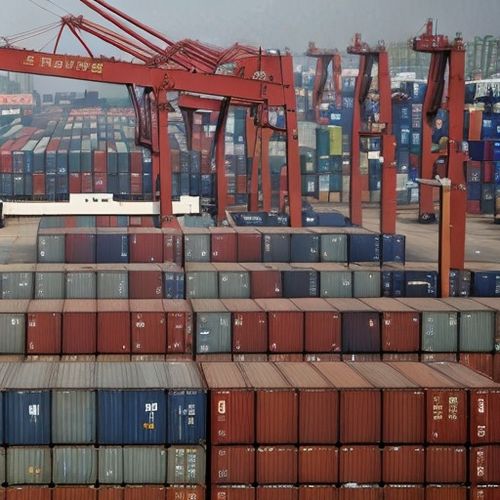
By Samuel Cooper/Apr 14, 2025
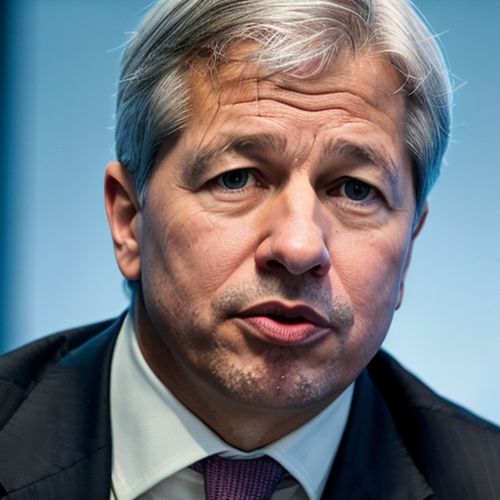
By Michael Brown/Apr 14, 2025
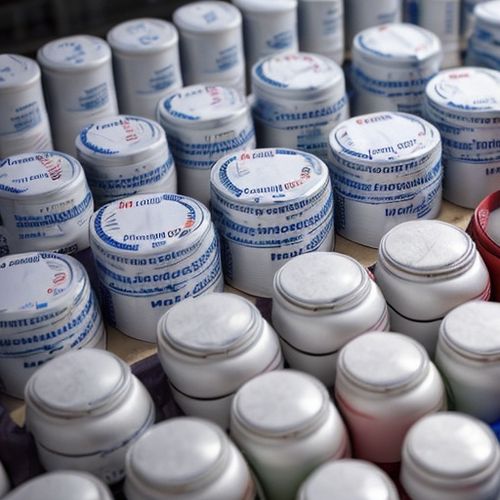
By Emma Thompson/Apr 14, 2025

By David Anderson/Apr 14, 2025
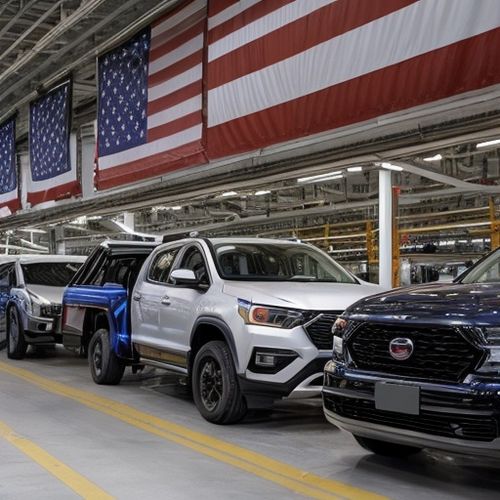
By Megan Clark/Apr 14, 2025
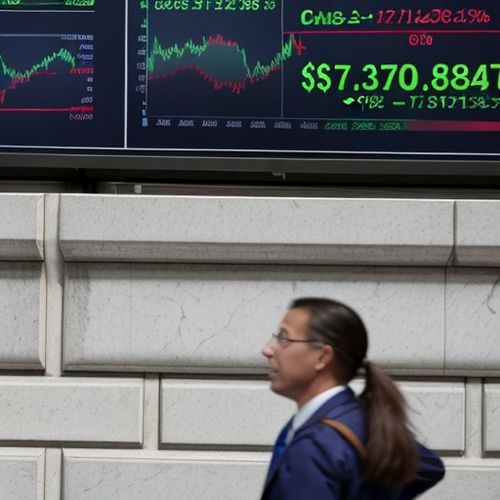
By Emma Thompson/Apr 14, 2025

By Thomas Roberts/Apr 14, 2025

By Rebecca Stewart/Apr 14, 2025

By Natalie Campbell/Apr 14, 2025

By Laura Wilson/Apr 14, 2025

By Ryan Martin/Apr 14, 2025
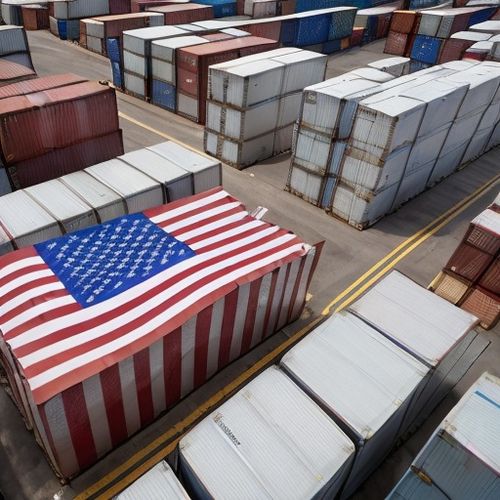
By Elizabeth Taylor/Apr 14, 2025
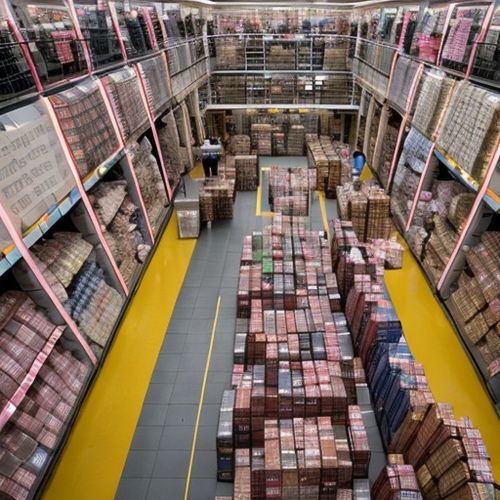
By Laura Wilson/Apr 14, 2025

By Sophia Lewis/Apr 14, 2025
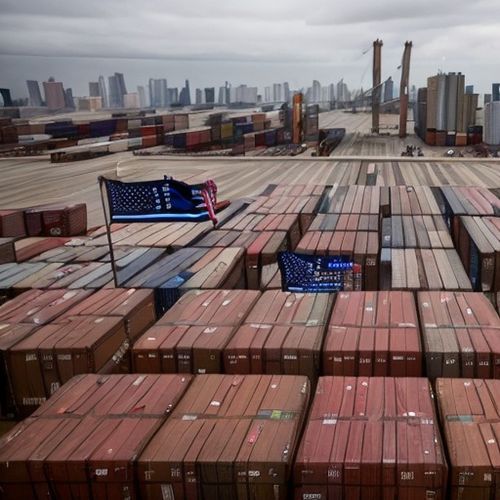
By Laura Wilson/Apr 14, 2025
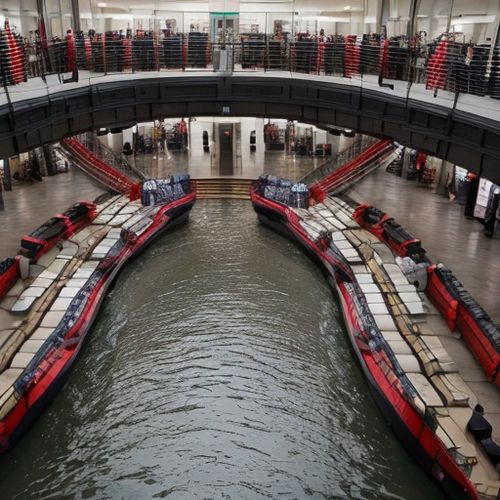
By Elizabeth Taylor/Apr 14, 2025

By Amanda Phillips/Apr 14, 2025
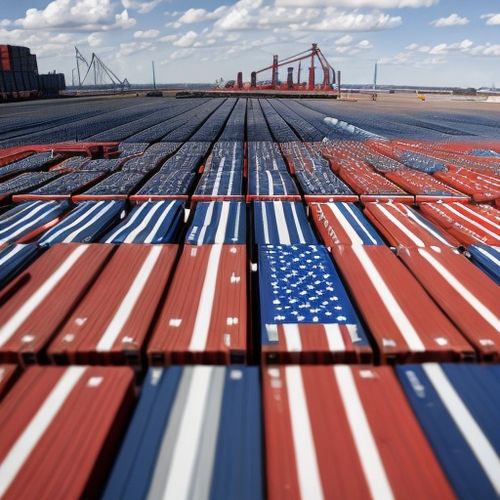
By Sarah Davis/Apr 14, 2025
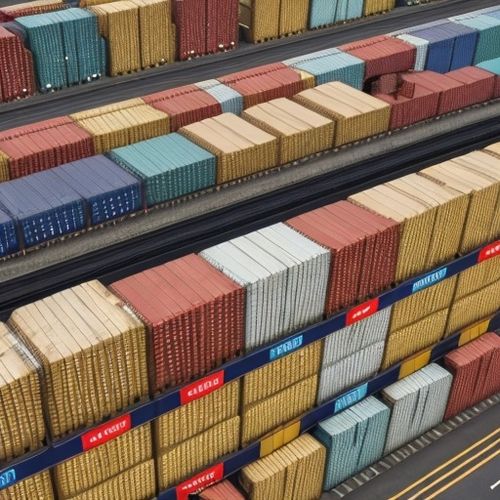
By Samuel Cooper/Apr 14, 2025